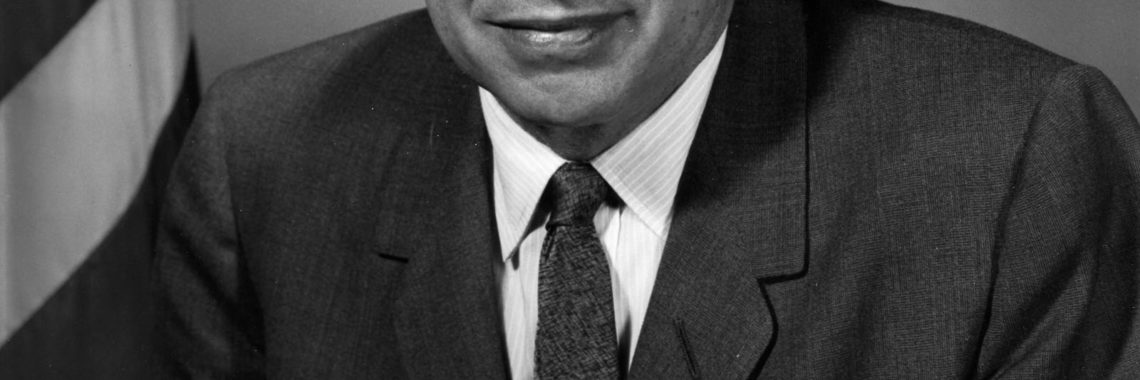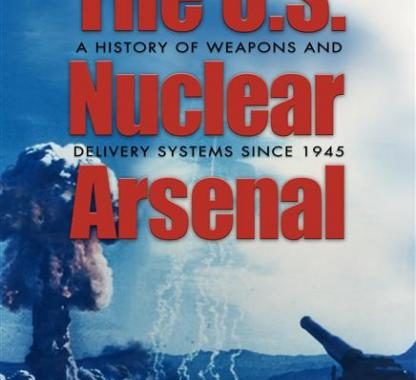Norman’s Corner: Edward Teller and the A-Bomb
By Norman Polmar (Editor’s note: This is the eleventh in a series of blogs by Norman Polmar, author, analyst, and consultant specializing in the naval, aviation, and intelligence fields. Follow the full series here.) I had the privilege of meeting Dr. Edward Teller, the “father” of the hydrogen bomb. Teller believed strongly that the United




